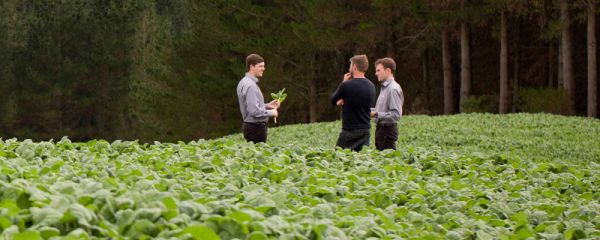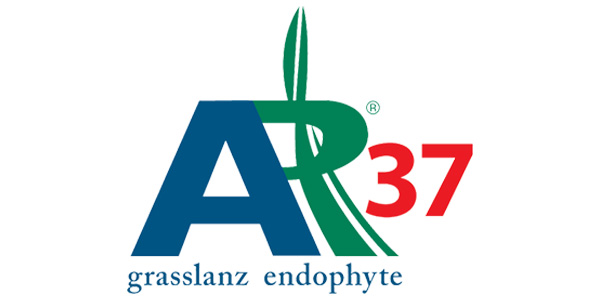
Ryegrass Establishment
Ryegrass Establishment
Things to Consider:
When establishing a new ryegrass pasture, a number of things need to be considered to ensure the grass establishes well. These include but are not limited to:
- Soil nutrition
- Soil temperature
- Paddock history
- Paddock preparation
- Sowing depth
Understanding your fertility status early on is critical. Learn more about soil structure and fertility here.
A soil test should be done well before the sowing date (6 months is usually a good guide). This will determine whether the soil is deficient in any nutrients, which is important to the pasture establishment (see page 113 Soils section) for more information on pasture nutrient requirements). The paddock history should also be looked into to ensure that there are not any chemical residues that could affect the establishment of the grass.
Paddock preparation is very important. The paddock should be even and weed free to create a level, fallow seedbed, giving the ryegrass little competition to establish and to ensure the seed is drilled at the correct depth across the paddock.
New pasture should be sown usually before the soil temperature drops or has risen to 12 degrees at a minimum to ensure it is competitive with weeds. Ryegrass is less sensitive to sowing depth in comparison to clovers so can be sown at 20 mm, however when mixed with clover it should be sown at 5-10 mm to ensure the clover establishes correctly. The higher soil to surface contact the seed has, the higher the chance of germination.
A pre-establishment fertiliser treatment should be applied to the paddock to ensure the plant develops well. It is also recommended the pasture be fertilised after the plant has established or soon after the first graze.
Monitoring of the crop to ensure diseases and pests are not affecting the pasture establishment is also important. Call your local Agricom Representative for more information on what pests or diseases could be affecting your new pasture.

Our Ryegrass Range
VIEW PRODUCTS



